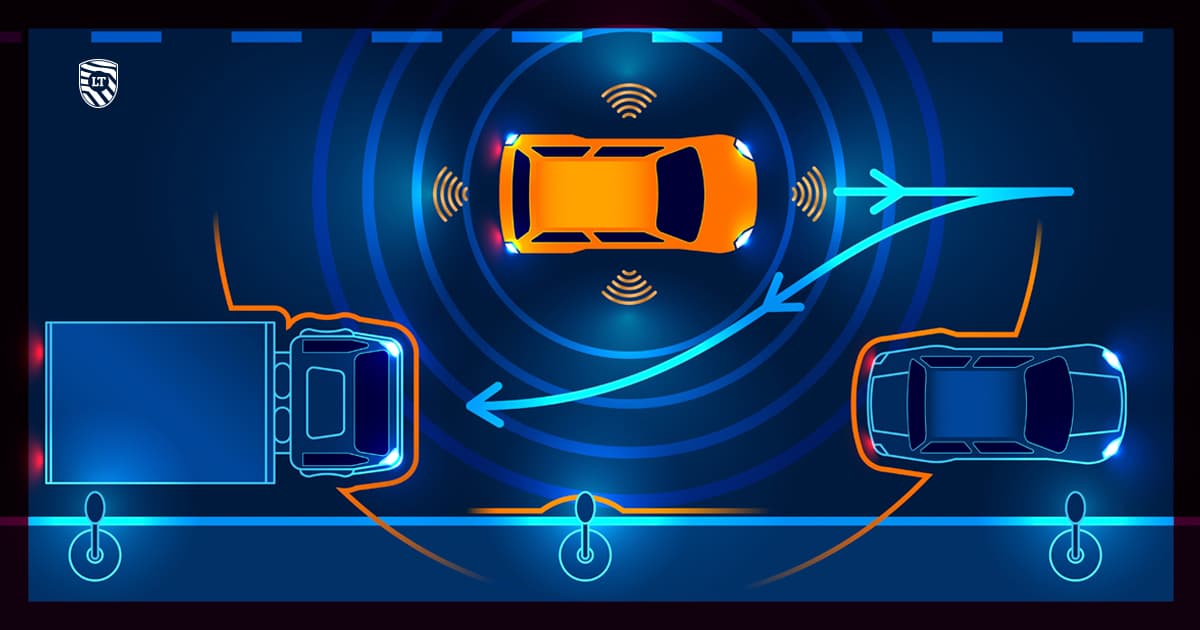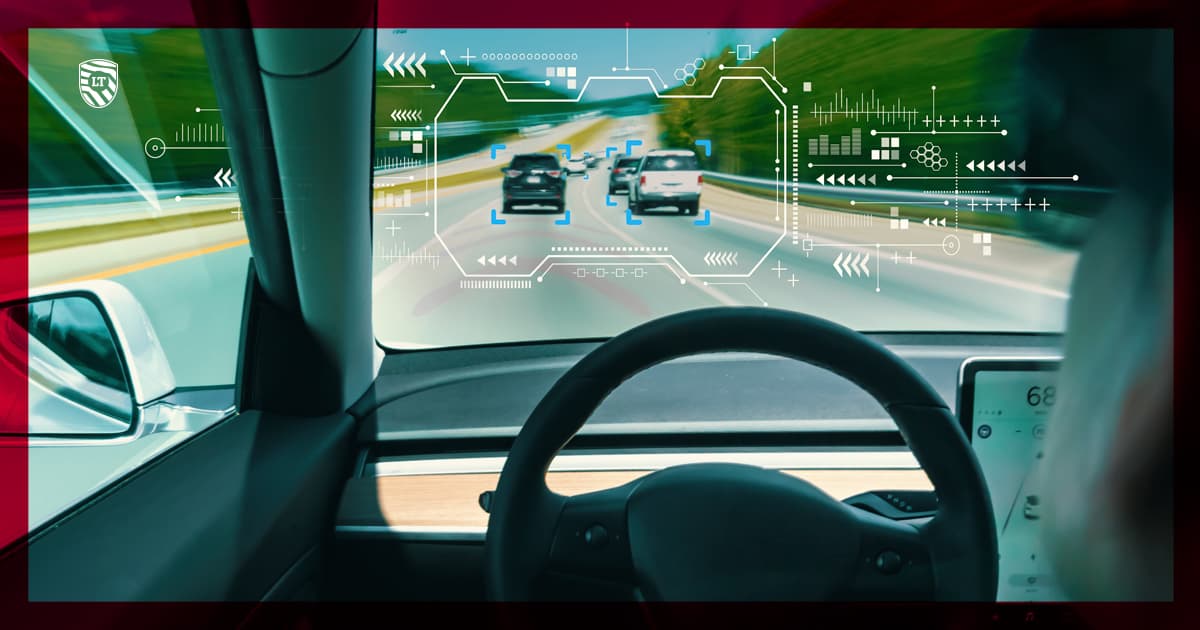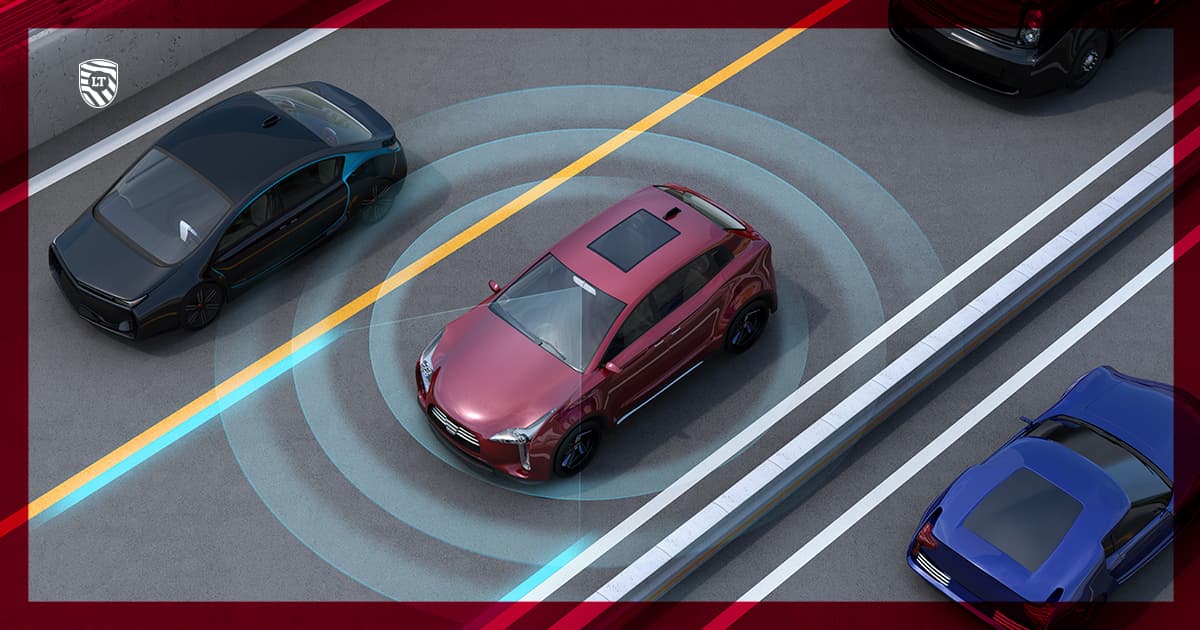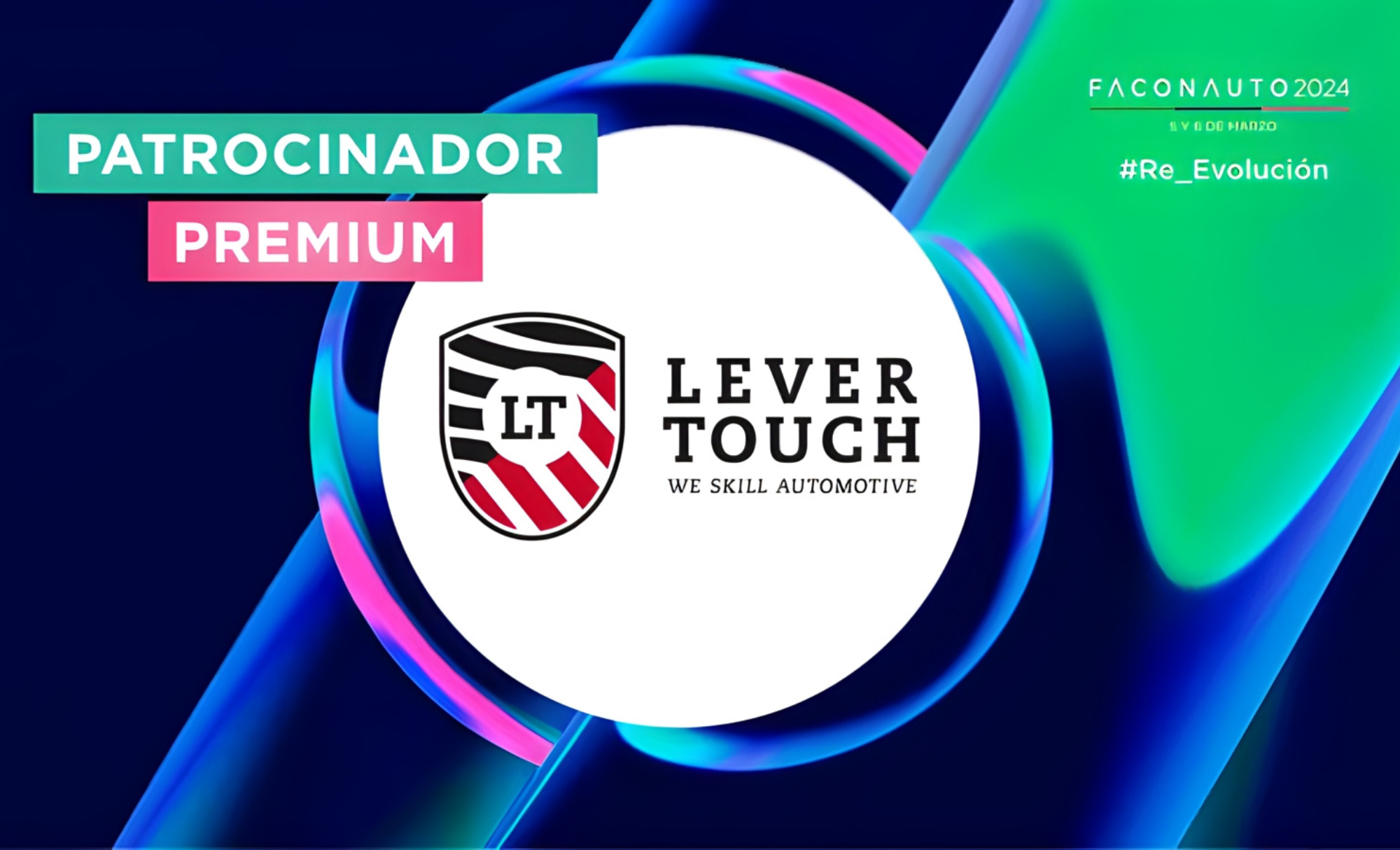Self-driving cars: where do we stand?
It’s been more than three decades since Ernst Dickmanns successfully tested a self-contained vehicle driving system.
What’s the picture in this respect? Firstly, most of cars possess semi-automatic aids and leading brands are working in the direction of Automated driving systems (ADS). In the meantime, effects of their widespread use, especially in current law system, are being considered.
Overall, we can affirm, from the technological point of view, that self-driving cars are no longer a futuristic dream. At all.
Even with unresolved problems, they represent a resounding and real present.
The Pros and Cons of Self-Driving Vehicles
Here are the pros of having a self-driving car:
- The massive use of autonomous vehicles would eliminate the more than 90% of traffic accidents factor: the human error.
- Pollutant emissions would be reduced.
- Both older people and those who are not comfortable driving could have a safe car.
It seems little doubt that traffic would gain in order, safety, fluidity and economy.
Unfortunately, there are also negative sides to this innovative technology:
- Complex questions arise about the appropriate regulatory response to accidents that occur without human intervention.
- Nor should we forget the significant loss of jobs in the transport sector that the process would entail.
- And last but not least, the fatal accident caused by a self-driving vehicle in its very beginning stage in the United States in 2016 is well known as one of the major limitations of these vehicles.
What are the levels of autonomous vehicles?

Autonomous car functionality is often referred to and judged on a six-tier scale, with Level 0 representing no autonomous component and a Level 5 ranking signifying an autonomous vehicle that can consistently perform all driving functions without the need for any human input. The table below outlines the basic characteristics of each of the five levels of autonomous cars as outlined by the Society of Automotive Engineers (SAE):
| Level | Defining Characteristics |
|---|---|
| Level 0 — No automation | The driver is responsible for all core driving tasks. However, Level 0 vehicles may still include features like automatic emergency breaking, blind-spot warnings, and lane-departure warnings. |
| Level 1 — Driver assistance | Vehicle navigation is controlled by the driver, but driving-assist features like lane centering or adaptive cruise control are included. |
| Level 2 — Partial automation | Core vehicle is still controlled by the driver, but the vehicle is capable of using assisted-driving features like lane centering and adaptive cruise control simultaneously. |
| Level 3 — Conditional automation | Driver is still required but is not needed to navigate or monitor the environment if certain criteria are met. However, the driver must remain ready to resume control of the vehicle once the conditions permitting ADS are no longer met. |
| Level 4 — High automation | The vehicle can carry out all driving functions and does not require that the driver remain ready to take control of navigation. However, the quality of the ADS navigation may decline under certain conditions such as off-road driving or other types of abnormal or hazardous situations. The driver may have the option to control the vehicle. |
| Level 5 — Full Automation | The ADS system is advanced enough that the vehicle can carry out all driving functions no matter the conditions. The driver may have the option to control the vehicle. |
*INFORMATION SOURCE: SOCIETY OF AUTOMOTIVE ENGINEERS.
It has become a completely autonomous car.
What can autonomous driving systems do right now?

Newer cars already feature machine-corrective and machine-assisted technologies like lane correction, potential collision detection, and automated parking. Some cars from manufacturers including Tesla and Audi include semi-autonomous driving features that fall in the Level 3-functionality tier.
Most of the more advanced ADS-enabled vehicles that have been released fall into the Level 2 and Level 3 designations, while commercially available vehicles with true Level 4 functionality are still in the development and testing phases. Ford expects to launch Level 4 vehicles in 2021, and Baidu (NASDAQ:BIDU) and Volvo are also teaming to launch Level 4 vehicles in 2021. Some sources suggest that Level 4-capable vehicles will be available even earlier, and Alphabet’s (NASDAQ:GOOG) (NASDAQ:GOOGL) Waymo already has a fleet of self-driving vehicles that are seeing limited use as taxis on on public roads. Tesla founder and CEO Elon Musk has stated that his company will have Level 5 electric vehicles ready in 2020.
Bosch IoT Shuttle
At the last Frankfurt Motor Show, Bosch showcased its innovations in electric and self-propelled vehicles. The company has highlighted that its autonomous parking system is the first function of this type of level 4 approved and available for use in vehicles. On the other hand, the IoT Shuttle has been included in level 5, i.e. completely autonomous. It is designed as a shared mobility service, where passengers will be able to reserve their seats via their mobile phone.
Tesla and Volvo
Tesla has kept his speech optimistic. The brand stated that by mid-2020 its autonomous driving system will allow drivers not to have to pay constant attention to walking.
Lastly, Volvo has proposed an autonomous truck capable of serving Norwegian quarries, transporting stone day and night.
Are self-driving cars safe?
Some reports and experts suggest that ADS vehicles are already safer than human-operated vehicles when it comes to performing some driving functions. Self-driving cars don’t suffer from sleep deprivation, and they can’t drive under the influence of drugs or alcohol. They also have wider fields of vision and are designed to obey traffic laws, while human drivers will sometimes disregard laws or fail to follow them due to being distracted.
Latest news about self-driving
Data shows that people are cautious about ADS technology and that many will need to see evidence that it is safer than having people drive before embracing it. A Reuters Ipsos poll published in April 2019 found that half of people thought that autonomous vehicles were more dangerous than vehicles operated by human drivers. Two-thirds of survey respondents indicated that they thought self-driving cars should have to demonstrate a higher standard of safety than human drivers.
What benefits could self-driving cars offer?
If self-driving technology continues to progress as many analysts anticipate, autonomous vehicles could actually dramatically reduce the occurrence of automotive accidents. Hundreds of thousands of people around the world are killed in car accidents each year, and many more people are injured.
Auto collisions are also hugely costly, causing hundreds of billions of dollars in damage each year in the U.S., according to some studies, and the National Highway Traffic Safety Administration (NHTSA) estimates that 94% of auto accidents are caused by human error. Reducing human input has the potential to result in fewer deaths and injuries and reduced economic damage if automated driving systems are up to the task of taking over.
These are new steps towards a near future that will undoubtedly revolutionize mobility.
What will 2020 hold for us?






